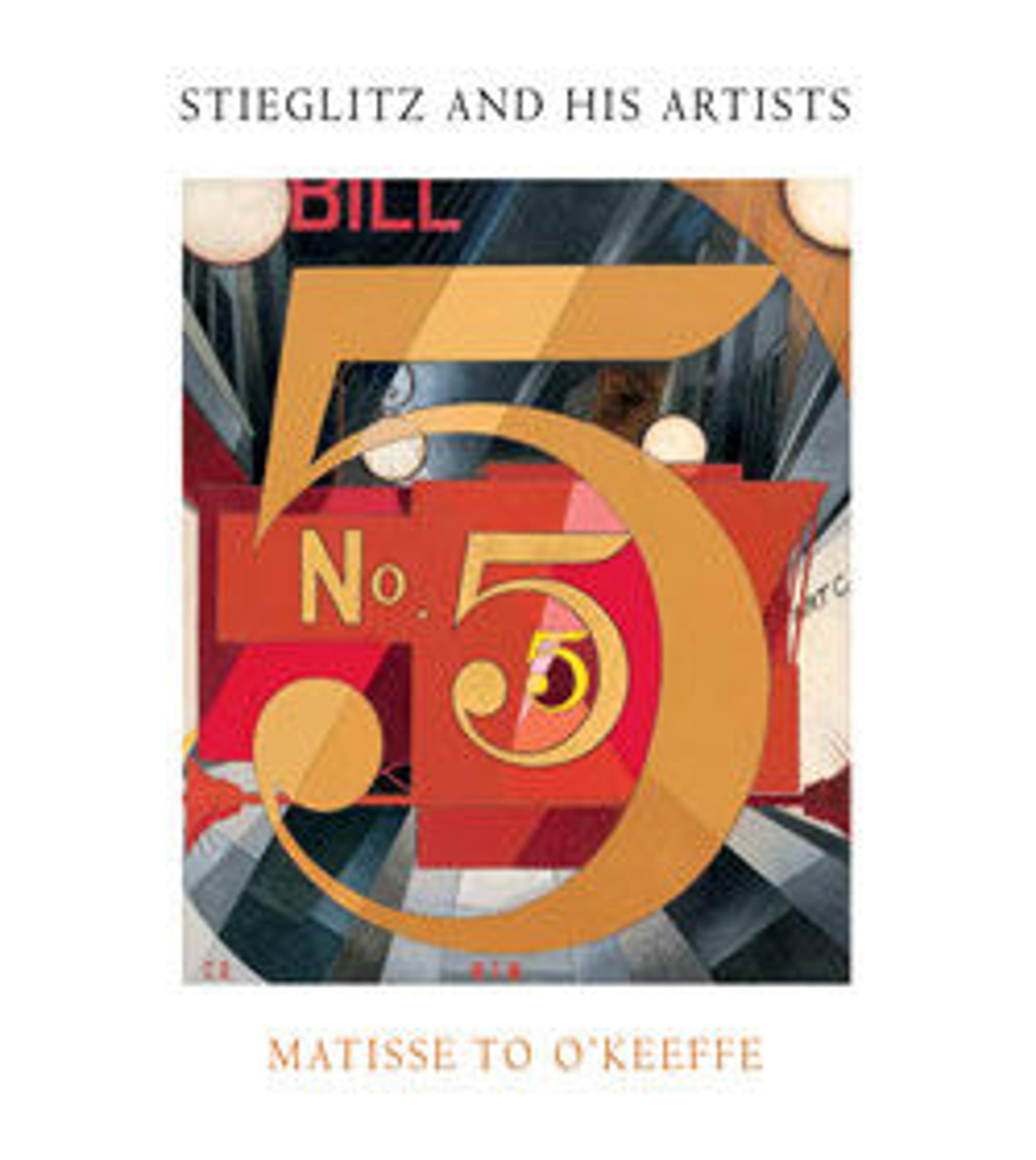Machinery
This painting was first shown in an exhibition of Demuth's works titled "Arrangements of the American Landscape Forms," held at the Daniel Gallery in New York in 1920. Rather than a traditional landscape scene, it depicts industrial architecture in his hometown of Lancaster, Pennsylvania. Despite some abstract use of force lines and fragmented planes, the subject remains identifiable. It is a scene of rooftop machinery set against a background of windows belonging to an adjacent factory building; the central structure is a cyclone separator, a centrifuge-like apparatus often used in industrial settings, consisting of a tank, a funnel, and two armlike duct pipes. Like Demuth's painting I Saw the Figure 5 in Gold (MMA 49.59.1), this work was dedicated to his close friend, the poet William Carlos Williams. Williams himself contemplated the analogy between the arts and technology. In 1944, he wrote, "To make two bald statements: There's nothing sentimental about a machine, and: A poem is a small (or large) machine made out of words" (introduction to The Wedge, 1944).
Artwork Details
- Title: Machinery
- Artist: Charles Demuth (American, Lancaster, Pennsylvania 1883–1935 Lancaster, Pennsylvania)
- Date: 1920
- Medium: Opaque watercolor and graphite on board (Beaver Board)
- Dimensions: 24 in. × 19 7/8 in. (61 × 50.5 cm)
- Classification: Drawings
- Credit Line: Alfred Stieglitz Collection, 1949
- Object Number: 49.59.2
- Curatorial Department: Modern and Contemporary Art
More Artwork
Research Resources
The Met provides unparalleled resources for research and welcomes an international community of students and scholars. The Met's Open Access API is where creators and researchers can connect to the The Met collection. Open Access data and public domain images are available for unrestricted commercial and noncommercial use without permission or fee.
To request images under copyright and other restrictions, please use this Image Request form.
Feedback
We continue to research and examine historical and cultural context for objects in The Met collection. If you have comments or questions about this object record, please complete and submit this form. The Museum looks forward to receiving your comments.
